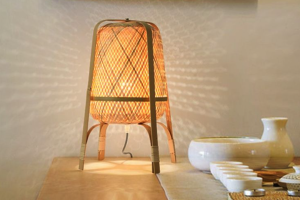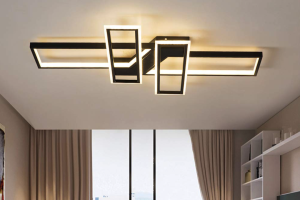How Do Wall Lights Work: Shedding Light on the Mystery!
Introduction
Wall lights are a common and essential part of any interior or exterior lighting scheme. But have you ever stopped to wonder, how do wall lights work? Understanding the basic mechanisms and principles behind wall lights can help you choose the right type of fixture for your space and create a lighting design that is both practical and stylish. In this article, we will explore the workings of wall lights, including the different types of bulbs, wiring, and switches that make them function.
Types of Wall Lights
There are many different types of wall lights available on the market, each with its unique features and benefits. Some of the most common types include:
1. Sconces:
These decorative fixtures typically include one or more bulbs mounted on a bracket that is attached to the wall.2. Picture Lights:
These lights are designed to illuminate artwork or photographs.3. Swing-Arm Lamps:
These lamps are mounted on a swing arm and can be adjusted to direct light where it is needed.4. Flush-Mount Lights:
These lights are mounted directly onto the wall and provide general ambient lighting.Bulbs
The type of bulb used in a wall light can greatly impact its effectiveness and energy efficiency. Some of the most common types of bulbs include:
1. Incandescent Bulbs:
These are the traditional, filament-based bulbs that have been used for decades. While they are inexpensive, they are also highly inefficient and have a short lifespan.2. LED Bulbs:
These bulbs use light-emitting diodes to produce light, making them highly efficient and long-lasting. They are more expensive upfront but can save money over the long term.3. Halogen Bulbs:
These bulbs are similar to incandescent bulbs but use halogen gas to increase efficiency and lifespan.Wiring
The wiring of a wall light is an essential component of its functionality. Wall lights typically require three wires: a ground wire, a neutral wire, and a live wire. The ground wire provides an electrical path to the ground, while the neutral wire carries the electrical current back to the electrical panel. The live wire carries the current from the electrical panel to the light.
Switches
The switch is what controls the flow of electricity to the wall light. There are several different types of switches available, including:
1. Single-Pole Switch:
This is the most common type of switch, and it is used to control a single light fixture.2. Three-Way Switch:
This switch is used when you want to control a light fixture from two different locations.3. Dimmer Switch:
This switch allows you to adjust the brightness of the light.Conclusion
In conclusion, understanding how wall lights work can help you choose the right type of fixture for your space and create a lighting design that is both practical and stylish. With the many different types of bulbs, wiring, and switches available, there is a wall light that can meet any design and functional need. So whether you’re looking for a decorative sconce or a practical flush-mount ligh




More Stories
The Elegance of Spiral Staircase Chandeliers: A Perfect Blend of Form and Function
The Elegance of Sconce Hallways: Illuminating Your Passages with Style
Illuminate Your Space with Adjustable Wall Lights in the UK